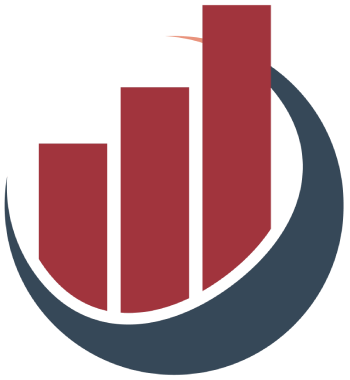Securing financing is often the lifeblood of any entrepreneurial venture. Small business loans can propel a company towards new heights, enabling entrepreneurs to invest in inventory, enhance operational capabilities, or stabilize cash flow. However, for countless small business owners, offering collateral—like real estate, equipment, or vehicles—simply isn’t an option. The bright side? Achieving funding without collateral is not only feasible; it can be a strategic move that minimizes risk while unlocking numerous opportunities.
The Landscape of Unsecured Business Financing
Unsecured loans are gaining traction among individuals seeking financial support for their small businesses. Unlike traditional loans that require collateral, these loans assess your financial viability based on your creditworthiness, income generation, and overall business health. This shift has allowed entrepreneurs to secure necessary funding without jeopardizing their assets, easing the burden of risk primarily associated with business financing.
Navigating through the process of obtaining a no-collateral loan may feel intimidating for many. However, a structured approach can demystify the journey and empower business owners to leverage their financial potential effectively.
Key Steps to Securing an Unsecured Business Loan
1. Assess Your Financial Health: Start by diving into your financial records. Compile essential documents such as profit and loss statements, cash flow projections, and tax returns. A thorough financial assessment not only prepares you for lender inquiries but also clarifies your funding requirements.
2. Enhance Your Credit Score: A robust credit score is a golden ticket to securing an unsecured loan. Investigate your personal and business credit ratings—this is crucial, as many lenders will review both. If your credit isn’t stellar, prioritize strategies to elevate your score, such as resolving errors, minimizing existing debts, and ensuring timely payments.
3. Explore Diverse Lender Options: With numerous lenders in the market, it’s essential to research entities that cater specifically to unsecured loans for small businesses. This includes traditional banks, online lenders, peer-to-peer platforms, and alternative financing companies. Each lender has different criteria, interest rates, and repayment terms, so thorough vetting is key.
4. Craft a Persuasive Business Plan: A compelling business plan is your opportunity to narrate your vision and demonstrate financial stability. Detail how you plan to allocate the loan proceeds and outline repayment strategies. A concise and insightful plan can be a decisive factor for lenders evaluating your application.
5. Compare Offers Carefully: Not all unsecured loans are equivalent; understanding various terms, interest rates, and repayment schedules can guide you to a financing option that aligns well with your business model. Some loans may offer favorable conditions, while others might introduce hidden fees, so scrutinizing the fine print is essential.
Understanding Unsecured Loan Variants
There are several types of unsecured loans that entrepreneurs typically consider:
– Term Loans: These loans provide a fixed sum of money, repaid gradually over a predetermined duration. Terms, interest rates, and payback options can vary significantly between lenders. Many online and alternative lenders are more willing to provide unsecured term loans, especially for businesses with strong financials.
– Lines of Credit: This flexible financing option allows businesses to access funds as needed, only incurring interest on the portion utilized. Lenders may offer unsecured lines of credit based on factors like business revenue and creditworthiness.
– SBA Programs: Although the U.S. Small Business Administration (SBA) typically endorses secured loans, certain programs like the SBA 7(a) Small Loan can be unsecured for amounts up to $25,000. While these loans may have lower interest rates and extended repayment periods, the application process can be more rigorous than other financing avenues.
– Merchant Cash Advances: While technically not a loan, MCAs provide immediate cash in exchange for a percentage of future credit card sales. This can be a feasible option for those with steady revenue but inadequate collateral. However, the associated fees can be significantly higher.
The Trade-Offs with Unsecured Loans
Unsecured loans come with their own brand of challenges and benefits. On one hand, they minimize the risk of personal asset loss, provide more rapid funding decisions, and cater to businesses that may lack significant tangible assets. On the flip side, they often carry higher interest rates, strict qualification criteria, and may impose lower borrowing limits. The requirement for a solid credit profile and robust revenue flow cannot be overstated.
Although many entrepreneurs face the uphill challenge of securing funding with poor credit, it remains possible—though potentially more costly. Alternative options like merchant cash advances or invoice factoring might be available, but these routes typically result in steeper fees.
Unlocking business financing without collateral is an empowering opportunity that allows entrepreneurs to pursue their dreams without significant personal risk. By understanding the landscape of unsecured loans, diligently preparing for lender engagements, and establishing a compelling business narrative, aspiring and established business owners can navigate this dynamic terrain with confidence, poised to drive growth in their ventures.


Leave a Reply